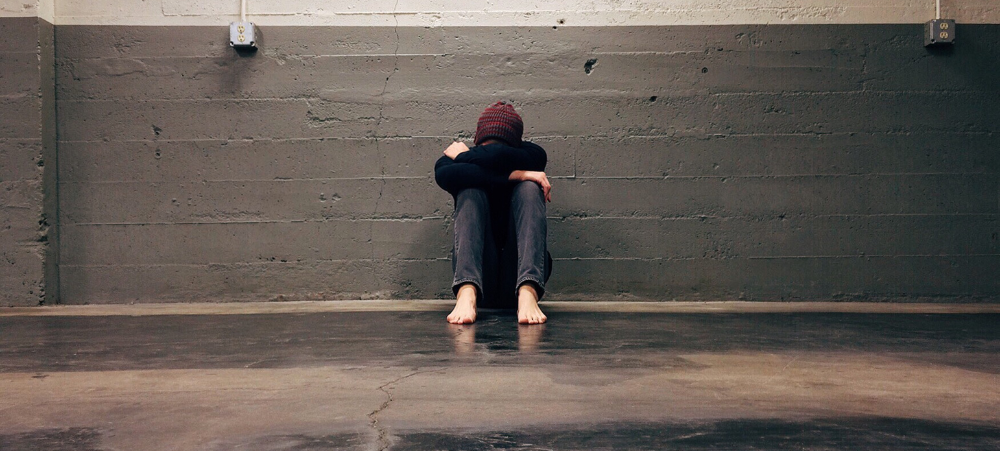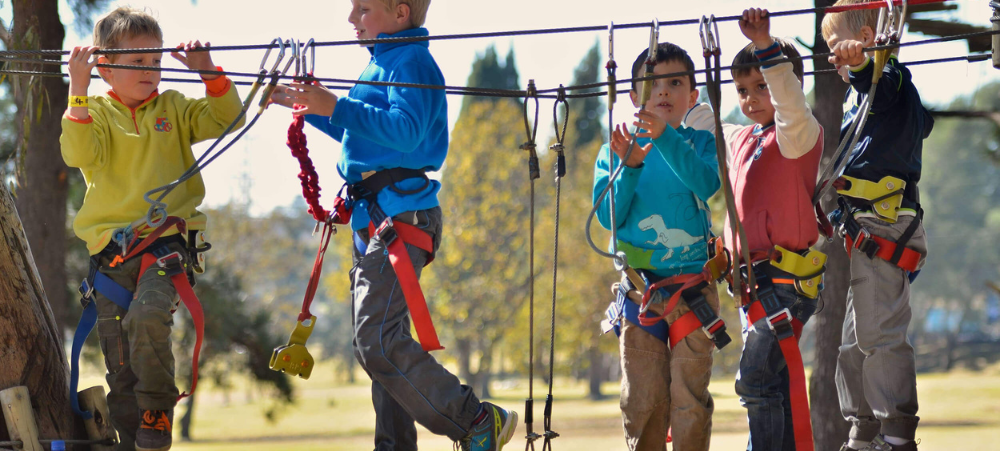Every home should have a first aid kit and while you can buy a complete first aid kit you will at some stage need to top up some items that have been used. My personal reference is to make up my own first aid kit so I can include items that I feel are necessary for my family and not always included in the first aid options available.
Having a first aid kit on hand is one of the ways to keep your home safe for your family and children.
Here’s my personal home first aid checklist:
First Aid Manual and Emergency Numbers
A first aid kit is only useful if you know how to use it. Make sure to have a first aid manual, along with a list of emergency numbers in your first aid kit. Make sure that you, and other adults in your family, have read the manual and are familiar with it.
Taking a first aid course will be very useful too in case of emergency.
This will help you to stay calm and give the right if there is a medical emergency in your home.
First Aid Container
The best type of container for your first aid kit will be a large, sturdy box that is sturdy. It should have handles and plenty of storage space with different compartments.
This will make it easy to carry and also easy to find the right thing when you are in a rush. Make sure to store it in a lace that is easy to access quickly when you need it.
Thermometer
A thermometer is a must for every first aid kit and essential for every home, especially when you have a baby. Very often a high temperature can be the only sure sign that something is not right with your baby.
Any mother that has had a sick baby will tell you that taking a baby’s temperature is not always an easy task, especially when it requires holding a thermometer under your wiggly baby’s arm for a period of time waiting for that beep. Look for a baby thermometer that takes the temperature quickly and without any fuss such as this Dr Madre thermometer.
Tweezers, Scissors, Safety Pins
You will be needing a sharp scissors to cut bandages and other items to size and you may need to cut something else like clothing away from a wound. Tweezers may be needing to remove something from a wound and safety pins can in bandages together and have many other uses.
You don’t want to be running around your home searching for these items, so have them stored and ready in your first aid kit.
Dressing, Bandages and Band-Aids
You will be needing a variety of different dressing, bandages and plasters to deal with different types of wounds. Here’s a list to include:
- Sterile Gauze Pads in various different sizes
- Adhesive Hypoallergenic Tape
- Adhesive Bandages (Band-Aids) in various sizes
- Elastic Bandages
- Crepe Roller Bandages – 1 small and 1 large
Burn Kit
Burn accidents are quite a common occurrence in homes. It is a great idea to have first aid supplies for burns on hand. Make sure that you have the following on hand;
- Burn dressings of various sizes
- Gel packs
- Cold packs
- Burn Spray
Plastic Non-Latex Gloves
It is important to always wear gloves when dealing with medical emergencies. Gloves must be non-latex – either nitrile or vinyl, nitrile being the best option.
The reason first aid gloves must not be latex is due to the fact that latex gloves have the potential to cause dermatitis and asthma, as well as even possibly more serious allergic reactions such as anaphylaxis.
Gloves are important to protect against blood, HiV and other bodily fluids, as well as to prevent any infections.
Antiseptic
Wounds will need to be cleaned so it is essential to have antiseptic solution, antibiotic cream and antiseptic wipes on hand.
It is also a great idea to have waterless hand sanitizer since you may need to clean your hands to work with someone that is injured and you are not able to wash your hands at a tap.
Space Blanket
A space blanket is a light weight, compact first aid thermal blanket that is used in recovery after shock.
Torch and Batteries
You never know in what situation you will need to use your first aid kit and while your first aid kit will mostly sit in your cupboard in the case of an emergency you may need a torch when that emergency happens.
Medication
While there will hopefully only be a few medical emergencies, there will be lots of cases of sick children and family members so I also like to keep on hand various over the counter medications to treat my family if and when anyone gets sick without me having to go out and get anything.
It is important to remember not to give your baby under 6 months old any medication unless specifically prescribed by your doctor. Make sure any medications you purchase for your family use are safe for your children too and take careful note of the dosages for your child’s age.
Here is a list of over the counter medications I always keep on hand, mostly for my kids, in case of illness:
- Panado for pain and fever (tablets as well as pediatric syrup)
- Nurofen for pain and fever (tablets as well as pediatric syrup)
- Allergex for allergies (tablets as well as pediatric syrup)
- Saline nasal spray for stuffy noses – we use Iliadin
- Anti-bacterial mouth spray for sore throats, mouths or gums – we use Andolex
- Smecta powder for diarrhea
- Probiotics to boost helpful bacteria and reduce harmful bacteria in the body
- Drawing ointment which can be used for insect bites and stings, as well as to draw out splinters or anything under the skin. We use Traxx
- Antifungal cream which can be used to treat a number of skin conditions
- Med-Lemon (adults only – Med-Lemon is not safe for children or for breastfeeding or pregnancy) – for treating colds, flu, fever and body pain
- Rehydration sachets for rehydrating your body in case of vomiting or diarhhea
If you or anyone on your family is on prescription medication for any conditions make sure you have that on your checklist too. Remember to keep all medication out of reach of children.





